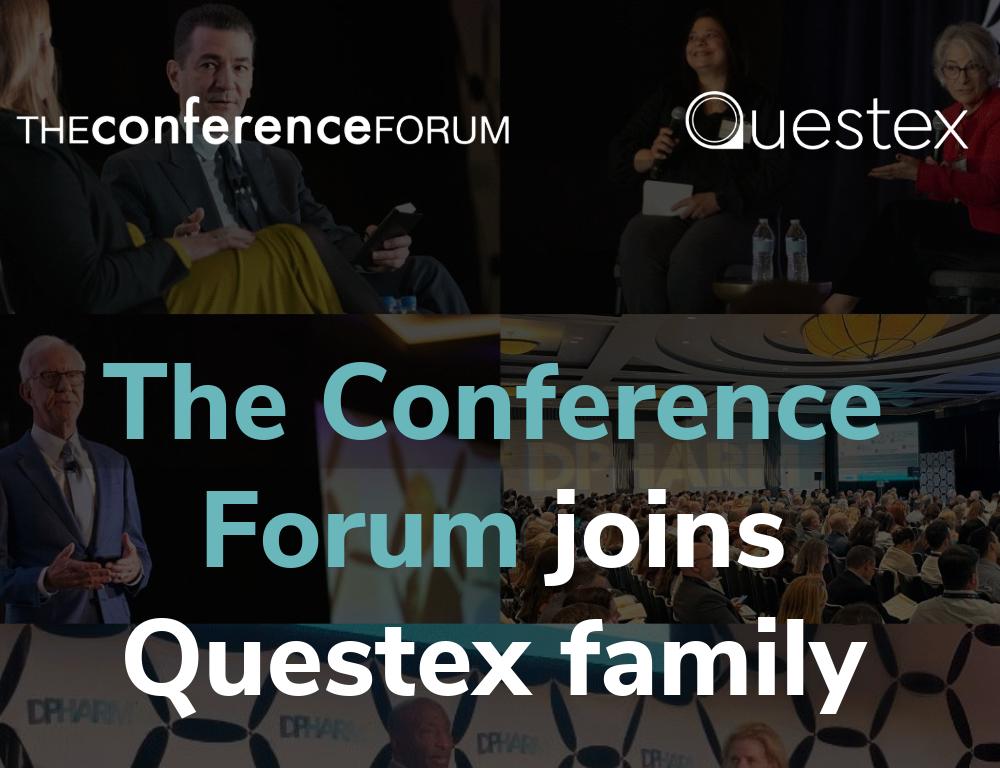Amgen Trial Operations Experts on What It Takes to Get an Innovative Trial Design Running
Innovative trial designs can be scientifically sound but an operational obstacle course to implement. We spoke with Amgen’s Sheryl Jacobs, VP, Global Development Operations, and Taras Carpiac, Executive Director, Innovation & Process Improvement, about how they made sure that Amgen was ready to turn trial innovation into a reality.

What has been Amgen’s experience with innovative trial designs?
SJ: Amgen has been doing innovative trial designs for well over 5-6 years. We incorporate innovative designs in probably at least 70-80% of our protocols. The therapeutic area where we use them the most is oncology. Because a large percentage of our portfolio is oncology, we could actually test multiple products per master protocol in the future. We also had experience through COVID, doing a community trial with other pharmaceutical companies, where each of us put a product into a master protocol, and then tested each of those.
TC: One of our master protocols in oncology is a good example of this, testing the drug across many different cancer types, and combinations of therapy, all at once. We continue to be able to add additional arms to further the information that we have on it. In these types of trials, we can target A) the therapy, B) various dosing regimens of the therapy, and C) combinations with it against multiple cancer types, under one trial header. The operational burden is greatly reduced in this type of design and we can more quickly support the pace of the science.
How did the organization become so invested in innovative trial design?
SJ: We probably came into it from a naïve perspective. Scientifically, it was great designing innovative protocols. But operationally – what that meant for us on the ground – we actually had to go through a pretty large effort in thinking about how all of our systems were structured, how we designed the protocols, how we could introduce new arms, etc. We did a large-scale effort several years ago, looking at our systems and processes, to understand what modifications we needed to make to allow these types of designs to be implemented, in order to operationalize them.
Being several years in, with many innovative trials in our system, we are now asking if there is an even more efficient way of doing it. This is almost a “part two” of our previous effort across the company to see if there are more efficient ways to design and implement innovative trial designs operationally that we could take advantage of today.
"We actually had to go through a pretty large effort in thinking about how all of our systems were structured, how we designed the protocols, how we could introduce new arms, etc."
Internally, what were the key elements for assessing feasibility and capacity of innovative trial designs?
TC: We involved almost every function in the company. Particularly with master protocols, the challenge we are still navigating is the extra premium to put on upfront planning. It is crucial to think through the permutations of where decision points will be, where adaptations may be made, where cohorts will come on and off.
Development Operations needs to be on point, otherwise we could be the rate-limiting step when the data is ready to move to another cohort but operations is not. For example, what happens when an IRT system needs to cut over to a different randomization scheme? The therapeutic areas, biostatistics, development supply chain, regulatory, vendor management, all have to be ready. The orchestration is just so much more intense than when you're running an individual trial.
What are the biggest changes needed within the organization?
SJ: You have to evolve your thinking to be more nimble. You must have staff who are proactively thinking about the scenarios and not reacting. That has been a bit of a mindshift and a culture change for folks, who have done trials for years. It's a much different way of doing trials. It’s almost a different set of skills.
When we moved to risk-based monitoring, there were CRAs accustomed to checking data at the site. They had to shift into the mindset of looking at signals. That requires thinking, “What does that mean for my interaction with the investigation site? What does that mean to be looking for signals?” In this case, that type of evolution has to happen in study management, data management, etc., and proactively planning versus reacting. It’s all in the interest of speed: the competition in the industry is so fierce, you want to have the most efficient study to deliver both operationally and scientifically.
"Particularly with master protocols, the challenge we are still navigating is the extra premium to put on upfront planning."
Externally, what was the preparation needed?
SJ: Innovative trial design does introduce some complexity for investigator sites, because how you structure master protocols in your EDC and data capture systems become more complex if they're participating in some arms, but not others. There's a lot of education that has to happen and change management that has to happen as well.
The complexity of that is increasing even more now with EU CTR, because we have taken the approach of amending master protocols as we go along to add additional arms to test. With EU CTR, those substantial modifications to a protocol might be considered separate applications. In Europe, it's becoming a bit more complex to actually implement some of these types of protocols, as we're embedding EU CTR as well.
Can you speak more to how conversations with regulatory agencies differ when it comes to master protocols or other innovative designs?
SJ: A lot of it is proactive discussion with the agency as to the design and ensuring that they're on board with the design of your study. They need to know at what points you're going to look at the data and make decisions. We've been doing more work at risk, internally, and at the same time as going to agencies to get input, we are building the studies anyway.
It's a very different mindset to what trials used to be when there was a single trial. You would wait for regulatory input; you complete that; then you design your next study. It is far more parallel processing, ensuring that you've got that regulatory input throughout, designing systems and processes with enough flexibility to accommodate feedback.
"When we moved to risk-based monitoring, there were CRAs accustomed to checking data at the site. They had to shift into the mindset of looking at signals. That requires thinking, “What does that mean for my interaction with the investigation site? What does that mean to be looking for signals?”"
What would be something you’d flag in terms of regulatory agencies for others pursuing innovative trial designs?
SJ: We have had pushback from regulatory agencies outside of the US. The FDA, and other larger regulatory agencies, are encouraging this kind of approach to design. But it’s important to recognize and think through that for some of the smaller countries and agencies, it's new.
Therefore, when you submit a global protocol, some of these regulatory agencies might say, “We don't necessarily want that design.” You have to think through whether you continue with that country or if you move to other countries. You have to be thinking about your country and site distribution, and where you can get regulatory approval for that type of design. I do believe that there will eventually be harmonized guidance on use of innovative designs and broader visibility of the benefits they provide for patients, but it is still early days.
When working with potential sites, what are you assessing to see if they can participate in a master protocol?
SJ: Some of the assessment is just the infrastructure at the site. Do they have study coordinators equipped to manage that type of a design? Do they have enough staffing? For the US in particular, it’s a concern right now, due to the shortage of nurses and study coordinators and the attrition that's been happening.
That will require thinking if there are ways to support the site with additional staffing, in order to ensure they have the infrastructure to manage the trial. That also, however, depends on if they are participating in multiple branches or not. If they are, that’s where the complexity arises. What patients are on what branches? Which eCOA instruments apply to which branches? Sponsors have some obligation to ensure that it’s clear whether or not sites can do that.
What would be something you’d flag in terms of picking and working with sites?
TC: We’re very intentional about the footprint. You may want some sites to participate in multiple cohorts, because if a patient isn't eligible for one they might be for the other. But at the same time, you have to be intentional about where the eligible patient population is, and the site's ability to service that. You don’t want to overload sites with protocols or different subprotocols.
Our goal ultimately is to give the patients that elect to participate, the best chance to be on an efficacious arm; and to give investigators that agree to participate, the best chance to be able to contribute. To find sites with the right patient segment and the right infrastructure to handle multiple arms is a different level of rigor and assessment than just sending out a survey and asking “Do you think you’d like to participate?”










